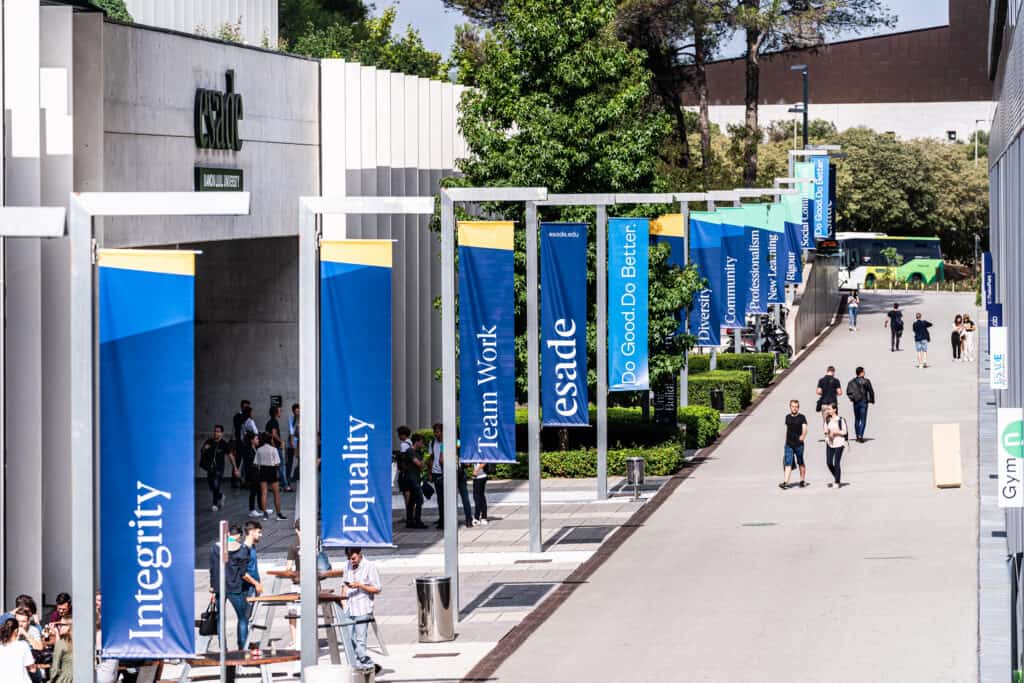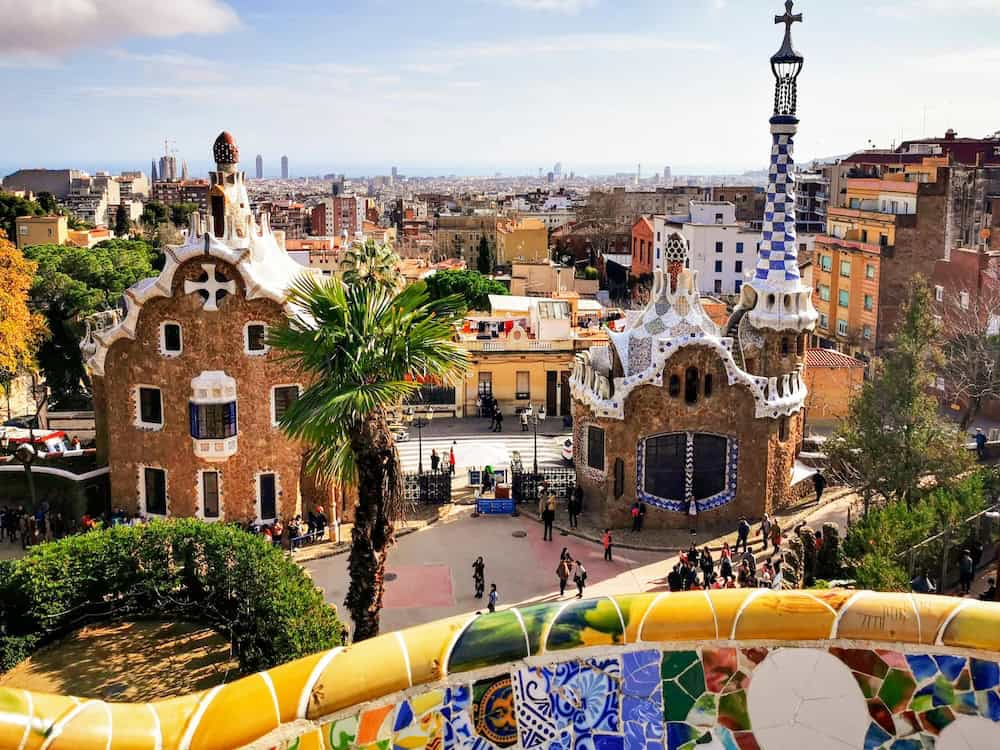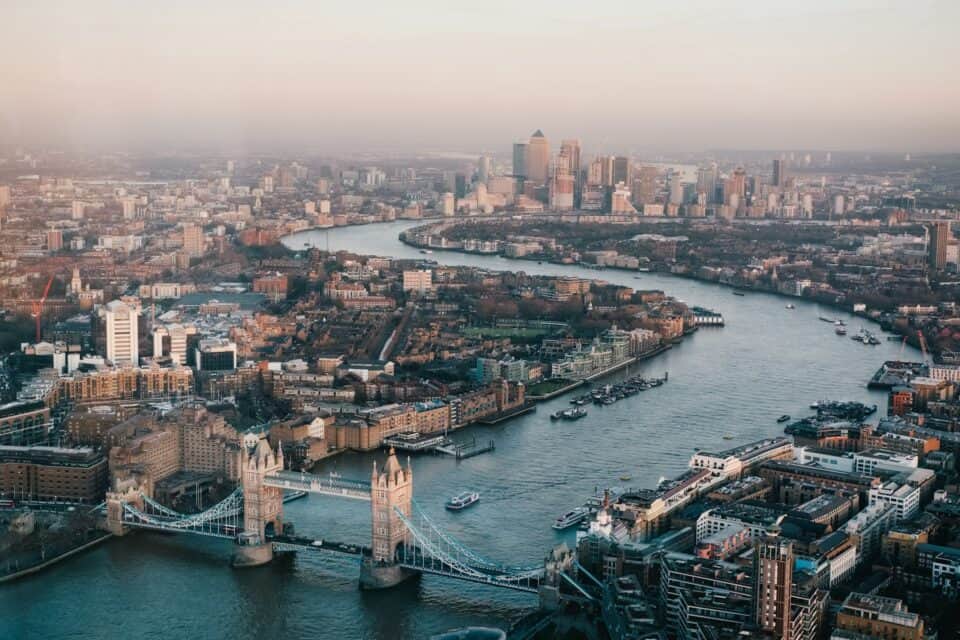This article was written by freelance journalist Nick Harland.
What do you think about when you think about Barcelona?
For some people, it could be the year-long sunshine or glorious sandy beaches. For others, perhaps it is the city’s emblematic Sagrada Familia or cathedral-like Camp Nou. But the Catalonian city is becoming increasingly known for something else entirely: its excellence in business education.
In Bloomberg’s latest Best B-Schools ranking, four of the top 20 schools in Europe were located in Barcelona. The QS Global MBA Ranking features seven Barcelona business schools in its top 100, whilst the prestigious Financial Times Global MBA Ranking is home to three more.
In each case, no other city in the world has more schools in the list than Barcelona.
So how exactly does a city with a population of just 1.6 million sustain so many world-class business schools? Jan Hohberger is the Associate Dean of the MBA programme at Esade Business School, one of Barcelona’s oldest and best-known schools. He says the roots can be traced all the way back to Esade’s beginnings in 1954, when they had to look beyond their own shores to establish the nascent school.
“Esade was founded when Spain was still a dictatorship,” he explains. “And when businesspeople in the city tried to create a business school, they couldn’t do it under this dictatorship. Esade went to the Jesuits, and IESE went to Opus Dei.
“Then, when Franco died, Spain opened up very rapidly to the European Union. What the Spanish companies did was very early on, they started to internationalise.
“Multinational firms in the 90s and early 2000s had extreme internationalisation because the Spanish market was too small. They couldn’t target Germany, France and England as expansion markets, so instead they went to Latin America, to Asia, to Africa… they went international very quickly. Esade and IESE, to a certain extent, did the same,” Hohberger continues.
It meant that Esade and IESE – the next oldest business school in Barcelona – were left with no choice but to ‘play the international game,’ as Hohberger describes it. By recruiting from abroad early on, they widened their pool of potential applicants at a time when other schools were concentrating on their home market. Nowadays, international student recruitment is a key policy of pretty much any university in the world.
Back then, it was a revolutionary idea.
Esade’s MBA class is made up of 97% international students, while the IESE MBA international student ratio stands at 87%
It helped, of course, that the internationalisation of Spain coincided with Barcelona’s post-Olympics boom. Pre-1992 it was a largely industrial city, scarred by decades of oppressive rule – and its lack of beaches at the time meant it was often referred to as the city de espaldas al mar (with its back to the sea). The Olympics changed the perception of Barcelona almost overnight, turning it into one of the most vibrant and visited cities in the world. When it comes to international student recruitment, that glowing global reputation certainly helps.
“Barcelona is a very attractive location, starting within a European context but also for other international students,” says Hohberger.

Paula Amorim, the MBA Admissions Director at IESE Business School, agrees. “From a social perspective, Barcelona has long been considered one of the most pleasant cities to live in. It boasts a wonderful climate with the Mediterranean Sea at its doorstep, and it is a comfortable city with many natural contrasts within a short distance.”
Barcelona didn’t just open itself up towards the sea. Long-term internationalisation has brought not just diversity, but a sense of openness among the city’s residents to new people and new cultures. One that comes from the recognition that internationalisation was not a choice, but a necessity.
“The city has also always been renowned for its openness to people of many nationalities,” says Amorim. “And this cultural diversity has further enriched it, bringing a wealth of art, culture, and most importantly, friendly people.”
That openness also extends to the city’s economic policies. A combination of entrepreneurship-friendly initiatives and relatively low cost of living makes it an attractive place for entrepreneurs to come and try their luck.
“It’s a place where one can try and fail with relatively minimal consequences if things don’t succeed,” says Amorim. According to Hohberger, the city’s business environment ‘makes it attractive and active in a lot of dimensions’.
Both schools continue to play the international game to this day. Esade’s MBA class is made up of 97% international students, while the IESE MBA international student ratio stands at 87%.

Yet the city’s excellence in business education extends beyond its two oldest schools. The likes of GBSB Global, EAE and EU Business School all feature in the global top 100 of the QS MBA Ranking, while EADA has become a fixture in the prestigious Financial Times Global MBA Ranking. All of their respective MBA classes have an international student ratio of over 90%.
Given the sheer number of schools vying for attention within Barcelona, it’s easy to wonder how the city is able to sustain so many. After all, Barcelona is a fraction of the size of London or Paris, for instance. In some cases that dense geography quite literally brings the city’s schools closer together: the campuses of Esade and IESE sit just 200 metres apart, whilst EADA and GBSB are so close that they could practically reach out and touch each other.
But that close proximity drives each school to do better, and even leads to informal collaboration between them.
It’s a place where one can try and fail with relatively minimal consequences if things don’t succeed
Paula Amorim, IESE Business School
“The competition is really good and there’s a certain visibility of what’s going on at each school where they have to compete and innovate – you cannot just relax in your own space,” says Hohberger.
Amorim adds that ‘each school has its unique particularities, mission, and value proposition’, yet acknowledges the work they do together to attract international students to the country. “We’re always eager to collaborate on events outside of Spain with other schools to promote Spain as a general study destination.”
The gradual development of Barcelona’s business school ecosystem is also having a cumulative effect on student and staff recruitment. “Now we have this ecosystem… there’s a certain cluster effect from having all of these schools,” explains Hohberger. “When companies or research professors come to visit IESE, they might also visit us and vice versa.”
There are few signs that Barcelona’s progress is slowing. IESE and Esade remain at the top of the city’s educational tree, but a new wave of schools are becoming well-known at home and abroad. In Barcelona it feels like every university is playing the international game – but Hohberger believes that kind of competition can only keep driving the city’s schools on.
“We are always pushing each other and getting better all the time. You cannot rest. You have to innovate.”













